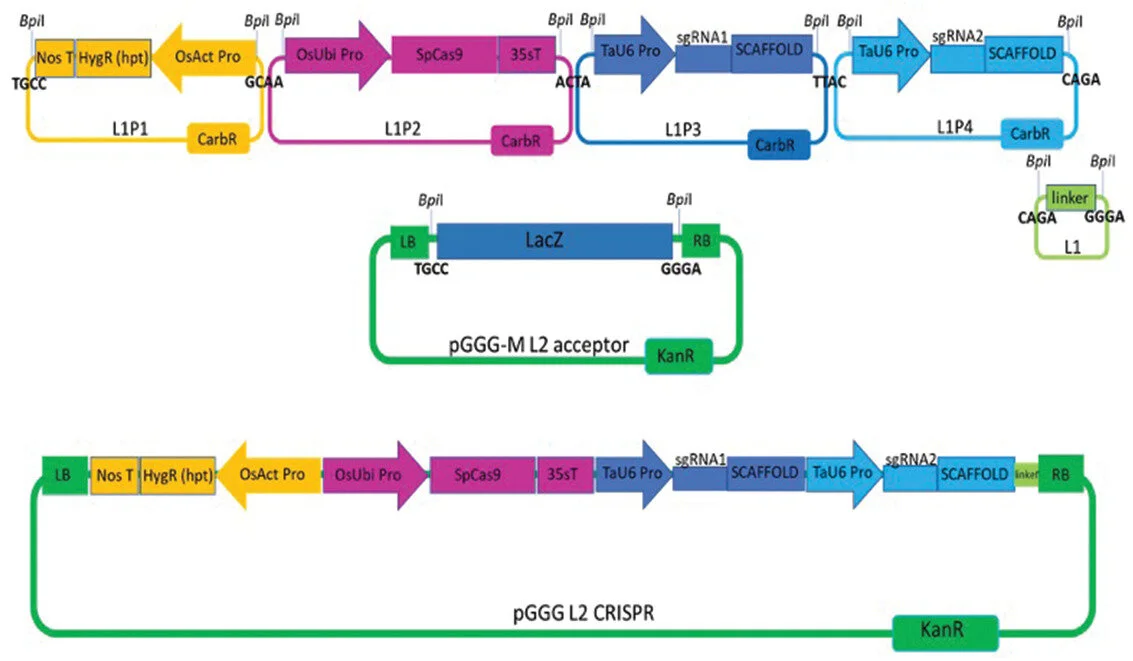OpenPlant PI Wendy Harwood (John Innes Centre) and her team recently published their work describing a new strategy for implementing CRSIPR/Cas9 genome editing in wheat.
CRISPR-Cas9 Based Genome Editing in Wheat.
Mark A Smedley, Sadiye Hayta, Martha Clarke, Wendy A Harwood
Curr Protoc (2021) Mar;1(3):e65.
https://doi.org/10.1002/cpz1.65
ABSTRACT
The development and application of high precision genome editing tools such as programmable nucleases are set to revolutionize crop breeding and are already having a major impact on fundamental science. Clustered regularly interspaced short palindromic repeats (CRISPR), and its CRISPR-associated protein (Cas), is a programmable RNA-guided nuclease enabling targeted site-specific double stranded breaks in DNA which, when incorrectly repaired, result in gene knockout. The two most widely cultivated wheat types are the tetraploid durum wheat (Triticum turgidum ssp. durum L.) and the hexaploid bread wheat (Triticum aestivum L.). Both species have large genomes, as a consequence of ancient hybridization events between ancestral progenitors. The highly conserved gene sequence and structure of homoeologs among subgenomes in wheat often permits their simultaneous targeting using CRISPR-Cas9 with single or paired single guide RNA (sgRNA). Since its first successful deployment in wheat, CRISPR-Cas9 technology has been applied to a wide array of gene targets of agronomical and scientific importance. The following protocols describe an experimentally derived strategy for implementing CRISRP-Cas9 genome editing, including sgRNA design, Golden Gate construct assembly, and screening analysis for genome edits. © 2021 The Authors. Basic Protocol 1: Selection of sgRNA target sequence for CRISPR-Cas9 Basic Protocol 2: Construct assembly using Golden Gate (MoClo) assembly Basic Protocol 3: Screening for CRISPR-Cas9 genome edits Alternate Protocol: BigDye Terminator reactions for screening of CRISPR-Cas9 genome edits.

